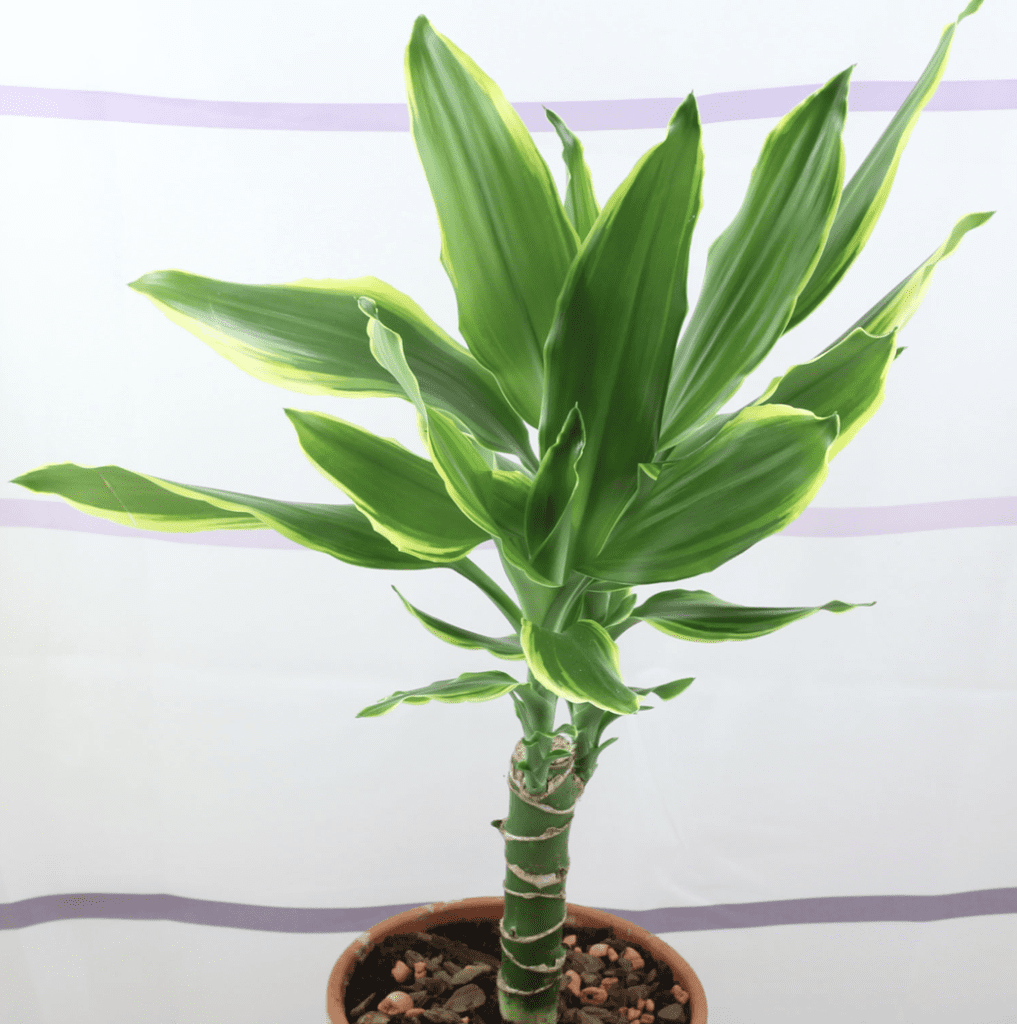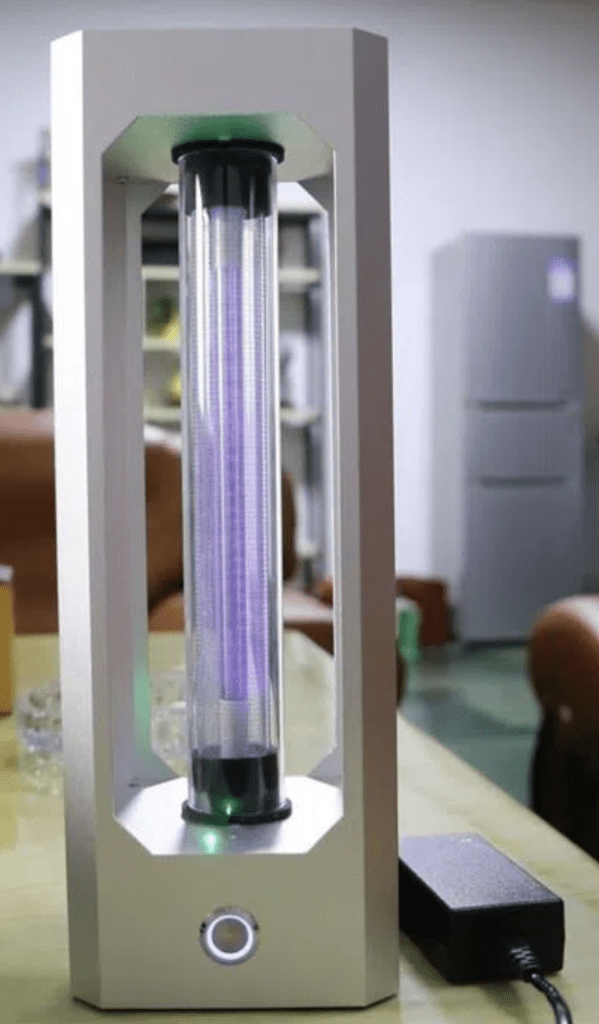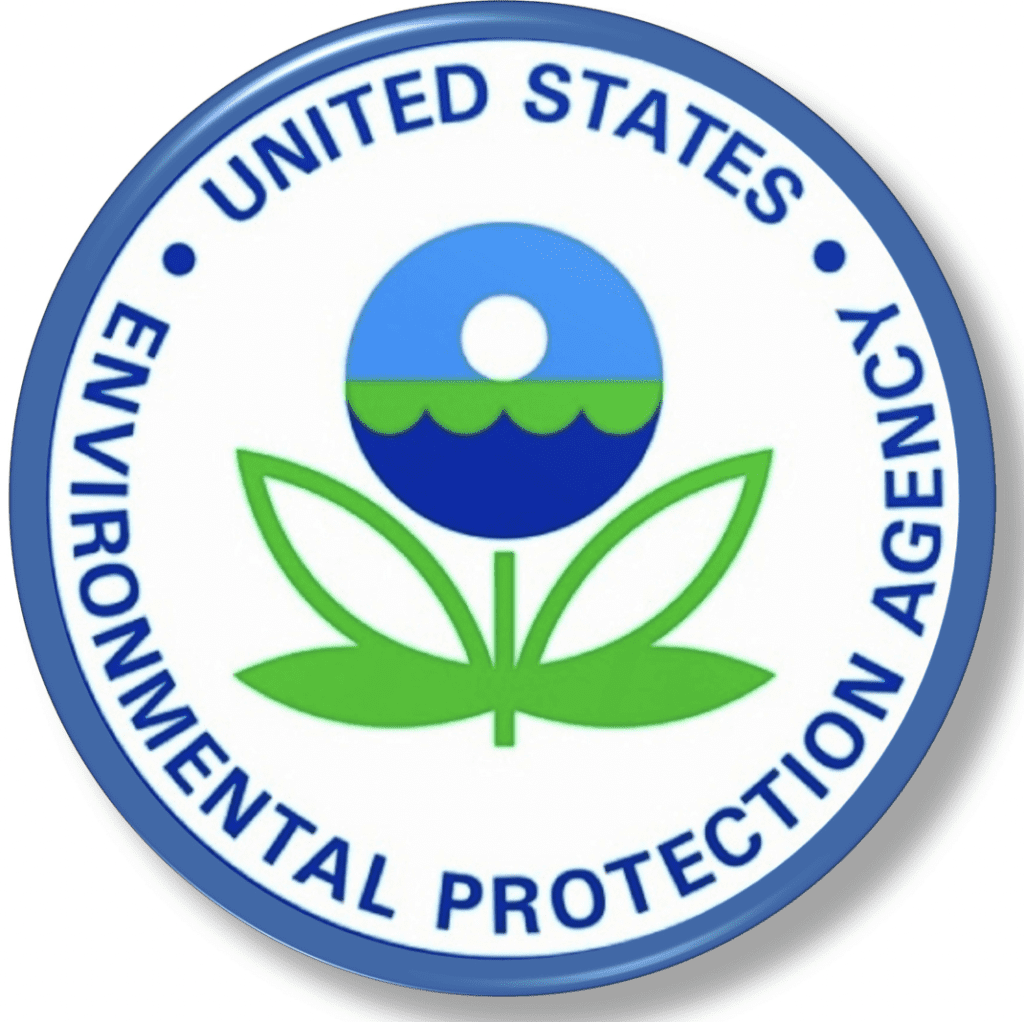Daniel Salzler No. 1143
EnviroInsight.org Six Items April 1, 2022
—————Feel Free To Pass This Along To Others——————
If your watershed is doing something you would like others to know about, or you know of something others can benefit from, let me know and I will place it in this Information newsletter.
If you want to be removed from the distribution list, please let me know.
Please note that all meetings listed are open.
Enhance your viewing by downloading the pdf file to view photos, etc. The
attached is all about improving life in the watershed. If you want to be removed from
the distribution list, please let me know. Please note that all meetings listed are open.
Check our website at EnviroInsight.org

- Common Houseplants Can Improve Air Quality Indoors. Ordinary potted house plants can potentially make a significant contribution to reducing air pollution in homes and offices, according to new research led by the University of Birmingham and in partnership with thenRoyal Horticultural Society (RHS).

During a series of experiments monitoring common houseplants exposed to nitrogen dioxide (NO2) – – a common pollutant — researchers calculated that in some conditions, the plants could be able to reduce NO2 by as much as 20 per cent
The researchers tested three houseplants commonly found in UK homes,

easy to maintain and not overly expensive to buy. They included Peace lily (Spathiphyllum wallisii), Corn plant (Dracaena fragrans) and fern arum (Zamioculcas zamiifolia).
Each plant was put, by itself, into a test chamber containing levels of NO2 comparable to an office situated next to a busy road.
Over a period of one hour, the team calculated that all the plants, regardless of species, were able to remove around half the NO2 in the chamber. The performance of the plants was not dependent on the plants’ environment, for example whether it was in light or dark conditions, and whether the soil was wet or dry.
Lead researcher Dr Christian Pfrang said: “The plants we chose were all very different from each other, yet they all showed strikingly similar abilities to remove NO2 from the atmosphere. This is very different from the way indoor plants take up CO2 in our earlier work, which is strongly dependent on environmental factors such as night time or daytime, or soil water content.”
The team also calculated what these results might mean for a small office (15 m3) and a medium-sized office (100 m3) with different levels of ventilation. In a poorly ventilated small office with high levels of air pollution, they calculated that five houseplants would reduce NO2levels by around 20 per cent. In the larger space, the effect would be smaller — 3.5 per cent, though this effect would be increased by adding more plants.
While the effects of the plants in reducing NO2 are clear, the precise mechanism by which they do this remain a mystery. Dr Pfrang added: “We don’t think the plants are using the same process as they do for CO2 uptake, in which the gas is absorbed through stomata — tiny holes — in the leaves. There was no indication, even during longer experiments, that our plants released the NO2 back into the atmosphere, so there is likely a biological process taking place also involving the soil the plant grows in — but we don’t yet know what that is.”
2. Upper Agua Fria Watershed Partnership Meeting, April 5, 2022, 10 am. Please join my meeting from your computer, tablet or smartphone. https://meet.goto.com/484679637.
You can also dial in using your phone. United States: +1 (872) 240-3212Access Code: 484-679-637
Get the app now and be ready when your first meeting starts: https://meet.goto.com/install
Upper Agua Fria Watershed Partnership Meeting April 5, 2022, 10 am
Draft Agenda
1. Introductions and Announcements

2. Arizona Metals Black Canyon City Kay Mine
a. Community Meeting to be scheduled (Supervisor Gregory)
b. Natural Riparian Resources Inventory; Yavapai County GIS (Supervisor Gregory Tony Angueira, BLM inventories (Roger Joos)
3. Solar Farm Proposals: Updates,
a. Visual impacts /Yavapai County GIS (Supervisor Gregory., Tony Angueira)
b. ASLD and Yavapai County Review process, any updates?
c. Mitigation:AGFD Ginger Ritter: Pronghorn, Central AZ Grasslands Conservation
Strategy, Wildlife Connectivity, Compensation for lands withdrawn from use
d. Chino Valley Solar Farm (APS) experienced impacts
4. ADOT <improvingi17.com>. Report from March 31, 2022
information on line presentation. April 26 2022, ADOT Community Meeting at Canon
Elementary School.
5. Sustainable Water Presentation Development for October: Ann Hutchison
6. Other Business
Source: earthhouse@pwsadmin
3. Using Far-UVC Light In Places Where People Gather Indoors Could Help Prevent The Next Pandemic. A new type of ultraviolet light that is safe for people took less than five minutes to reduce the level of indoor airborne microbes by more than 98%, a joint study by scientists at Columbia University Vagelos College of Physicians and Surgeons and in the U.K. has found. Even as microbes continued to be sprayed into the room, the level remained very low as long as the lights were on.
The study suggests that far-UVC light from lamps installed in the ceiling could be a highly effective passive technology for reducing person-to-person transmission of airborne-mediated diseases such as COVID and influenza indoors, and lowering the risk of the next pandemic.

“Far-UVC rapidly reduces the amount of active microbes in the indoor air to almost zero, making indoor air essentially as safe as outdoor air,” says David Brenner, PhD, director of the Center for Radiological Research at Columbia University Vagelos College of Physicians and Surgeons and co-author of the study. “Using this technology in locations where people gather together indoors could prevent the next potential pandemic.”
The study was published March 23 in the journal Scientific Reports, a Nature journal.
“Far-UVC light is simple to install, it’s inexpensive, it doesn’t need people to change their behavior, and above all it’s a safe way to prevent the transmission of any virus, including the COVID virus and its variants, as well as influenza and also any potential future pandemic viruses,” Brenner says.
What is far-UVC light?
Disinfecting indoor air with far-UVC light is a new approach to safely and efficiently destroy airborne viruses in occupied spaces, including the viruses that cause COVID and influenza.
Scientists have known for decades that a type of ultraviolet light known as UVC light rapidly
kills microbes, including bacteria and viruses. But conventional germicidal UVC light cannot be used directly to destroy airborne viruses in occupied indoor spaces because it is a potential health hazard to the skin and eyes.
About a decade ago, Columbia University scientists proposed that a different type of UVC light, known as far-UVC light, would be just as efficient at destroying bacteria and viruses but without the safety concerns of conventional germicidal UVC.
Far-UVC light is safe for people because it has a shorter wavelength than conventional germicidal UVC, so it can’t penetrate into living human skin cells or eye cells. But it is equally efficient at killing bacteria and viruses, which are much smaller than human cells.
In the past decade, many studies around the world have shown that far-UVC is both efficient at destroying airborne bacteria and viruses and safe for use around people. But until now these studies had only been conducted in small experimental chambers, not in full-sized rooms mimicking real-world conditions.
Far-UVC light is variant-proof
“Previous studies have shown that far-UVC light can kill the COVID virus, other human coronaviruses, influenza, and drug-resistant bacteria,” Brenner says. “What’s particularly attractive about far-UVC technology as a practical method of preventing indoor disease transmission is that it will be equally good at inactivating all future COVID variants, as well as new infectious viruses that have yet to emerge, while retaining efficacy against ‘old fashioned’ viruses like influenza and measles.” Source: Columbia University Irving Medical Center
4. The President’s Fiscal Year 2023 budget requests $11.881 billion for the Environmental Protection Agency (EPA)’s essential work to protect people from pollution.
WASHINGTON (March 28, 2022) –The Biden-Harris Administration today submitted to Congress the President’s Budget for fiscal year 2023. The President’s Budget details his vision to expand on the historic progress our country has made over the last year and deliver the agenda he laid out in his State of the Union address—to build a better America, reduce the deficit, reduce costs for families, and grow the economy from the bottom up and middle out.
The Budget makes historic investments to advance key priorities in the FY 2022-2026 EPA Strategic Plan, including tackling the climate crisis, advancing environmental justice, protecting air quality, upgrading the Nation’s aging water infrastructure, and rebuilding core functions at the Agency.
“The President’s budget request for EPA reflects this Administration’s unwavering commitment to protect people from pollution, especially those living in overburdened
and underserved communities across America. It funds a broad suite of transformational programs enacted by the Bipartisan Infrastructure Law, and it will enable us to implement the President’s historic Justice40 commitment, among other key priorities,” said EPA Administrator Michael S. Regan. “Almost half of the Budget announced today, $5.7 billion, will support Tribes, states, and localities, reaffirming EPA’s commitment to work in concert with our partners and local communities to tackle the climate crisis and ensure that no American family has to worry about the air they breathe, the water they drink, or the environmental safety of their homes and workplaces.”

The Budget makes critical investments in the American people that will help lay a stronger foundation for shared growth and prosperity for generations to come. At the EPA, the Budget invests in:
- Upgrading Drinking Water and Wastewater Infrastructure Nationwide.
- Ensuring Clean and Healthy Air for All Communities.
- Tackling the Climate Crisis.
- Advancing Environmental Justice.
- Protecting Communities from Hazardous Waste and Environmental Damage.
- Strengthening Our Commitment and Ability to Successfully Implement Toxic Substances and Control Act (TSCA).
- Tackling Per- and Polyfluoroalkyl Substances (PFAS) Pollution.
- Enforcing and Assuring Compliance with the Nation’s Environmental Laws.
- Restoring Critical Capacity to Carry Out EPA’s Core Mission.
- The Budget makes these smart investments while also reducing deficits and improving our country’s long-term fiscal outlook.
For more information on the President’s FY 2023 Budget, please visit: President’s Budget
5. GRANITE CREEK CLEANUP – APRIL 23, 2022
Required Pre-Registration Closes March 30
Granite Creek Cleanup is Saturday April 23, 2022. Required Pre-Registration is set to close on March 30. People looking to do their part must Pre-Register at www.PrescottCreeks.org/Cleanup.
2022 Granite Creek Cleanup:
- April 23rd, 2022
- 8 AM – 12 Noon. Sign-In & Materials pickup at Granite Creek Park
- Make a Difference
- Help Clean Up Your Community
- Event T-shirt for all Registered Participants
Join almost 500 of your friends and neighbors by volunteering to clean up a reach of creek, park, or trail. Get outside and get dirty while making a difference. Now in its 15th year under Prescott Creeks leadership approximately 6,500 participants have removed over 50 tons of trash and debris from Prescott area waterways, trails, and natural areas.
Pre-Registration is REQUIRED for those interested in participating. This allows for an efficient contactless drive-up sign-in process at the event and gets participants out to their cleanup locations faster. More information is available on the Prescott Creeks website at www.PrescottCreeks.org/Cleanup. For questions, email [email protected] or call (928) 445-5669. All pre-registered participants will be contacted by email the week before the event with details about sign-in procedures, assigned cleanup location, and other relevant event information.
Prescott Creeks is a local not-for-profit organization founded in 1990 with a mission to achieve healthy watersheds and clean waters in central Arizona for the benefit of people and wildlife through protection, restoration, education, and advocacy.
Michael Byrd
Prescott Creeks Executive Director
[email protected] or www.PrescottCreeks.org
(928) 445-5669 x101
